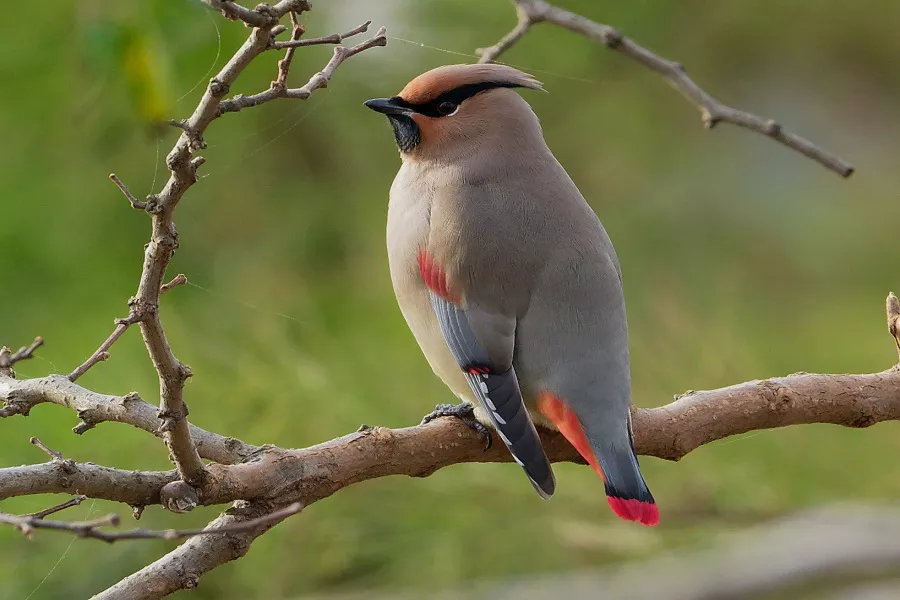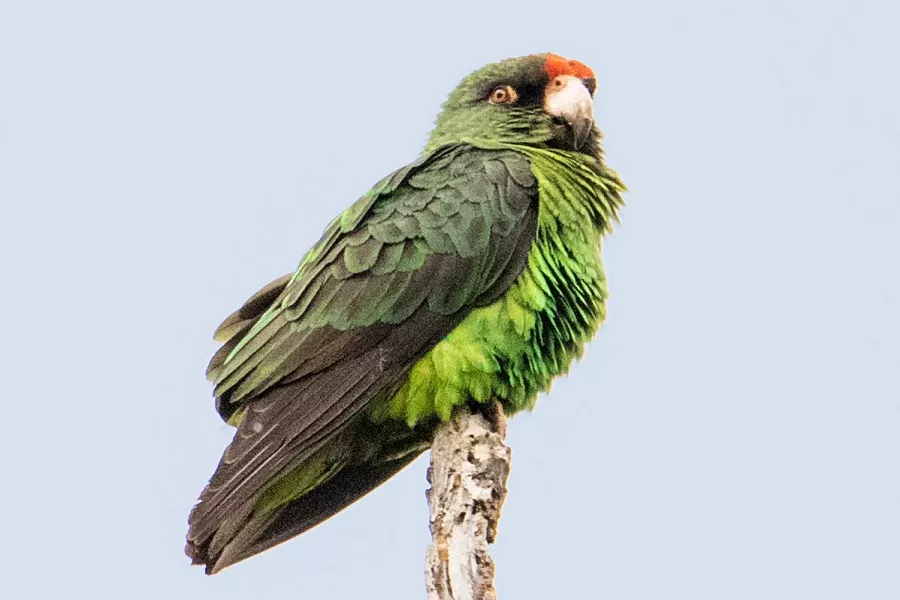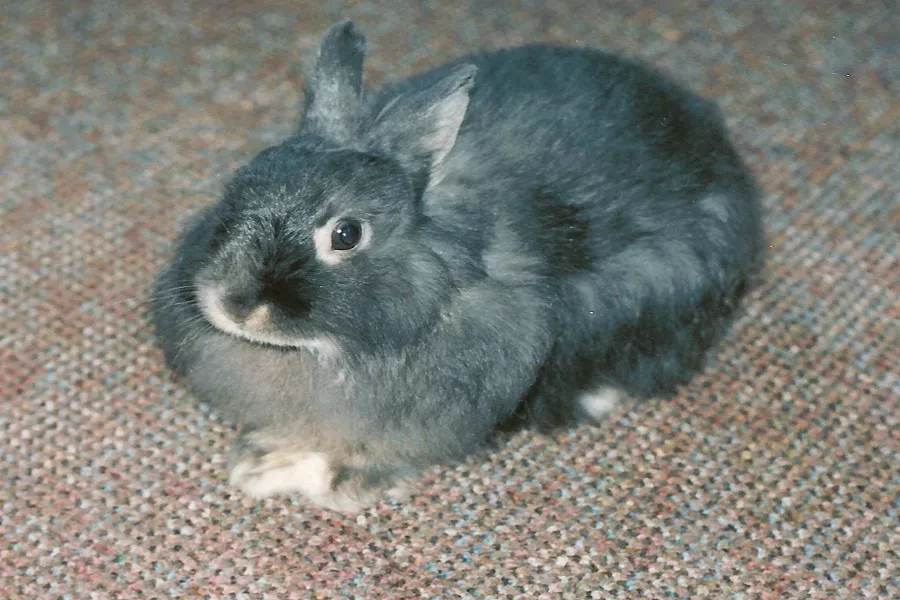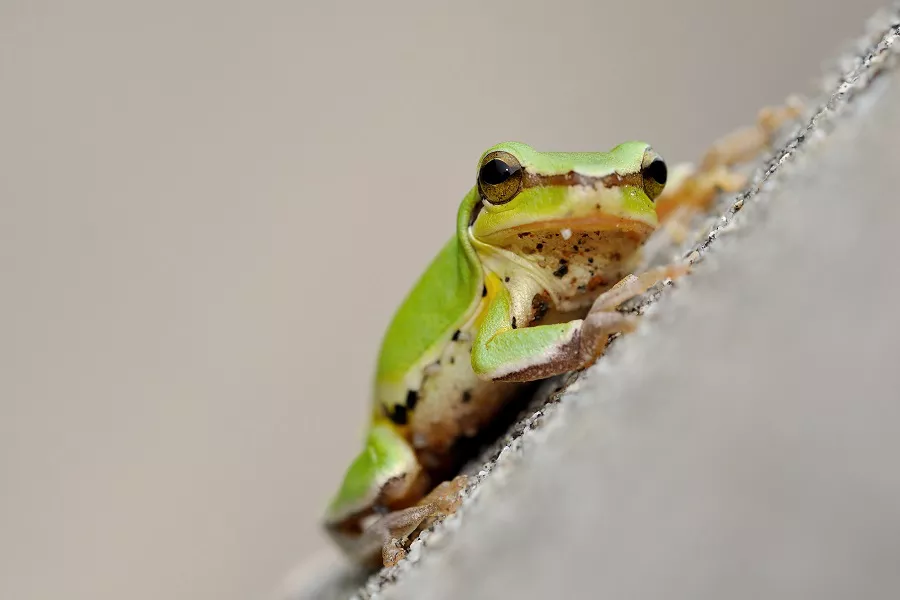What is japanese waxwing?
Japanese waxwing (scientific name: Bombycilla japonica) is a bird of the genus Taiping in the family Ornithidae, with a body length of about 16 cm. The tail end is crimson prominently, and the difference from the Taiping bird is that the black cross-eye pattern extends behind the head around the crown feathers, and the rump is crimson. The secondary flight feathers have no waxy attachment to the tips, but the tips are crimson. Missing yellow wings. The general living habits are similar to those of the Taiping bird, and the main food is plant fruits and seeds. The food seen in autumn and winter includes eucalyptus, buckthorn, and a small amount of insects. Distributed in eastern Siberia and northeastern China, wintering to Japan and the Ryukyu Islands. Irregular breeding birds are found in Xiaoxing’anling, Heilongjiang. Overwintering flocks sometimes travel to Hubei and Shandong in China. Very few are recorded in Fujian, Taiwan and China.
What does a japanese waxwing look like?
Japanese waxwing male adult: The forehead and front of the head are maroon, the color becomes lighter toward the back, and the top of the head is gray-brown; the back of the occiput is dark brown and has long crown feathers, which are covered by the crown feathers extending from the back of the head. Covered, some exposed; the base of the upper mouth, the front of the eyes and the upper part of the eyes form a black fine-striped band, and the back is connected with the black pillow band; the back and shoulder feathers are gray-brown; the coverts from the waist to the tail are brown-gray to gray, the farther back The gray is thicker; the wing coverts are gray-brown, the primary coverts are gray-brown, with a distinct rose-locust outer tip, about 7-10 mm long; the primary flight feathers are nearly black, and each feather within the second has a gray outer tip The margins become wider as they go inward; the ends of the 3rd to 8th primary flight feathers have thin white margins, and the ends of the outer feathers of each feather within the 5th primary flight feather have vermilion spots; the secondary flight feathers are brownish-gray. The black end of the tail feathers is brown-grey, and the proximal end gradually transitions to black, and the black area connects with the rose-red end of the tail feathers. The chin and throat are black, the lower part of the cheek and the black throat are light chestnut; the chest, flanks and ventral sides are the same color as the back feathers, the middle of the abdomen is light gray; the tail coverts are light chestnut.
japanese waxwing living habits
Japanese waxwing inhabits coniferous and broad-leaved forests in low mountains, hills and plains below 900 meters above sea level. During migration and wintering, they forage in small groups on coniferous forests and tall broad-leaved trees, and often mix with Taiping birds. Often dozens or hundreds of individuals gather in groups. Active in temperament, it keeps jumping up and down the trees. In addition to drinking water, rarely go to the ground. The general living habits are similar to those of the Taiping bird, and the main food is plant fruits and seeds. The food seen in autumn and winter includes eucalyptus, buckthorn, and a small amount of insects.
japanese waxwing rearing
Breeding begins in June every year. The nests are mostly nested among the coniferous branches. The branches, moss, withered grass, etc. are used as nest materials. The nests are bedded with feathers and grass stems, and the nests are bowl-shaped. 4-6 eggs are laid per litter. The incubation period is about 14 days.


















